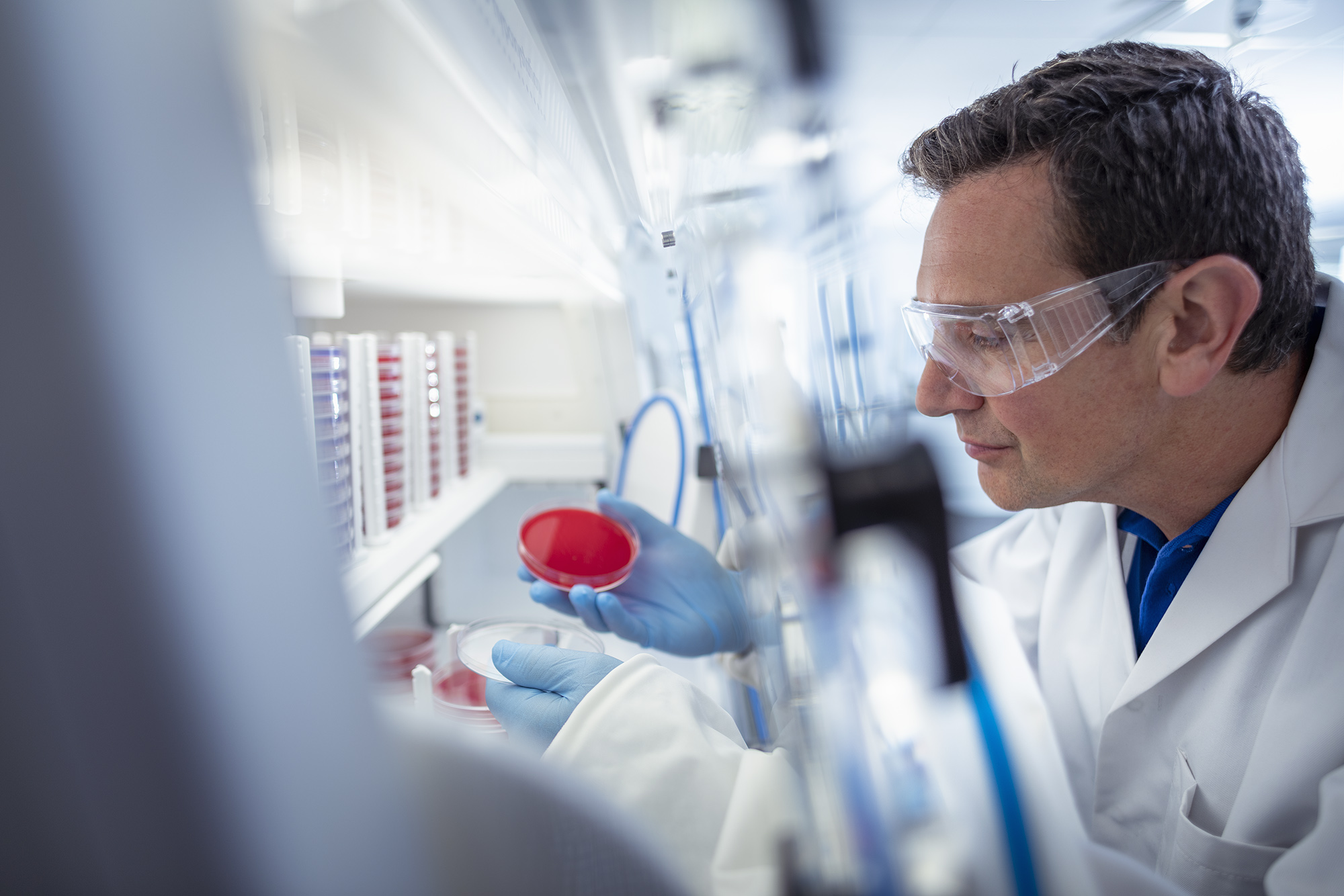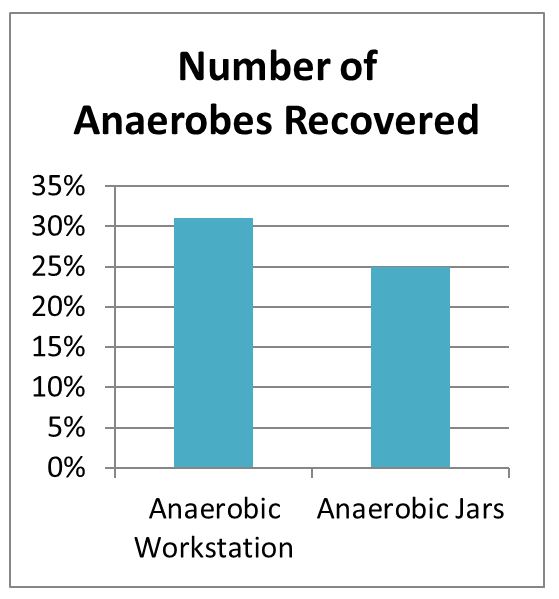
Anaerobic jars can be prone to leaks and therefore may not always provide strictly anaerobic conditions. They also require a large volume of incubator space and become expensive to operate in laboratories with a high anaerobic workload. Most importantly, culture plates in anaerobic jars cannot be inspected during incubation without interrupting the anaerobic conditions. This results in a loss of bacterial viability if plates need to be re-incubated or when subcultures need to be made for further investigation.

In comparison with jars, anaerobic workstations offer more precise and reliable atmospheric control, more stringent anaerobic conditions and consistently low running costs. Perhaps their greatest advantage is that culture plates can be inspected at any time without disturbing the incubation conditions. In clinical laboratories, this facility has been proven to increase the isolation rate of anaerobic pathogens and also provides the earliest possible indication of their presence in a patient’s sample.
We recently spoke to Gillian Hewlett, Microbiology Laboratory Manager at Torbay Hospital, and asked her about the difference the Whitley A35 Anaerobic Workstation has made to her lab over the last 18 months.
The microbiology lab at Torbay Hospital introduces approximately 70 plates to their workstation every day, isolating a variety of fastidious anaerobes and clinical specimens including swabs, pus, fluids and tissue. Before the purchase of the A35 in 2018, the staff primarily used anaerobic jars, and found that this could sometimes result in the costly and time-consuming need to repeat cultures if jars failed.
Gillian commented that the ability to examine plates without compromising the anaerobic environment was very important for fastidious anaerobes in particular, with the chance to recover them improved greatly when the conditions were left undisturbed.
By way of a comparative experiment, the lab cultured 96 patient specimens in duplicate, using both the routine jar method and the A35 Anaerobic Workstation, over a 10 day period.
The data for the recovery rate of anaerobes is shown here:
All of the anaerobes that were recovered from the jars were also recovered from the workstation, and 38% of these isolates showed better growth in the workstation.
Torbay Hospital used the A35 for a trial period before they purchased it, and Gillian remarked that this was an essential part of the decision process as it gave all of the staff a chance to voice their opinions and assess its suitability for their purpose. She said:
“The A35 Workstation is very reliable, simple to use and easy to maintain. We have only experienced one minor technical issue in 18 months, and this was resolved very promptly with a visit from an engineer. We are very satisfied with the technical support we have received from Don Whitley Scientific.”
If you are still using jars and would like to arrange a demonstration or a trial period of one of our anaerobic workstations, please contact us here.


 au
au

 xEnglish
xEnglish